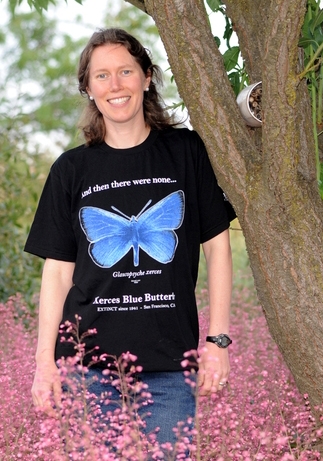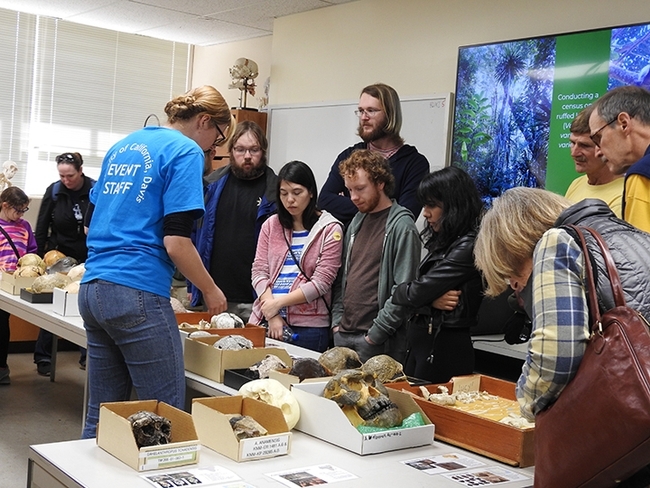"Super Science Day" at the University of California, Davis, is a day before the Super Bowl.
The 13th annual UC Davis Biodiversity Museum Day, set Saturday, Feb. 10, is a free and family friendly event showcasing 10 museums or collections.
What's to see? What's to do? Should you plan to attend all of them? What would interest toddlers, teenagers and senior citizens?
Tabatha Yang, who chairs the annual event and is a co-founder and serves as the education and outreach coordinator for the Bohart Museum of Entomology, provides the answers on the Biodiversity Museum Day website:
What is the best way to experience Biodiversity Museum Day? We would suggest picking several collections to visit this year and then return next year to see the others. We intend for people to spend time at each collection instead of racing between them.
I have a toddler. Which collections are suitable for this age group? The Arboretum is outside and a great space for young visitors to explore. The Raptor Center is also outside and has live birds to observe. The Bohart has live insects to pet and the Botanical Conservatory has plants everywhere, but their greenhouses have narrow aisles. Holding or carrying your toddler through the greenhouses is an enjoyable way to take in that collection.
I have a teenager. Which collections are suitable for this age group? Anthropology is open into the afternoon and they have flint knapping and atl-atl throwing. The Museum of Wildlife and Fish Biology is also a favorite as they deal with birds, mammals, fish and reptiles and amphibians. The Botanical Conservatory also has a great carnivorous plant collection.
Hidden gems? This is the one day the Phaff Yeast Collection and the Nematode Collection are showcased to the general public. They also have some of the smallest, but mightiest organisms. These scientists are so enthusiastic that you will want to become a microbiologist or a nematologist.
I will be visiting with 9-year-olds to 90-year-olds. Which collections are crowd pleasers? While all of them are, one can never go wrong with fossils at Paleontology and the pressed plants at the Center for Plant Diversity.
Where can we grab a bite to eat? The event map has some options for eating. The dining halls have a set fee and then it is all-you-can-eat. For your convenience there will be a few hot trucks at this event and you are welcome to bring your own food or explore Downtown Davis for other options.
Download the Map! Before you go on campus, download the map, which lists the location of the main information booth, the 10 museums and collections and their hours, the food locations (dining halls and food trucks) are, and the free-to-park parking lots. Sites that are grayed out on the map may not be free. TAPS (Transportation Services) controls the parking, which can be especially busy near the Mondavi Center for the Performing Arts at 523 Mrak Hall and the UC Davis Health Stadium, known as the football stadium, Health Sciences Drive.)
Here's the list of the 10 museums and collections and brief information from the spokespersons:
Anthropology Museum, noon to 4 p.m.
Located in 328 Young Hall and grounds.
"Anthropology is the study of what makes us human, and it includes understanding our evolutionary history from both a biological and a cultural perspective. Try your hand at flint knapping and learn how our ancestors made stone tools, or you can test your skills at spear throwing using an atlatl. Learn about prehistoric art from caves in France by making your own block print of the animal images. Then take a tour of our museum collections, and our biological anthropology and archaeology labs. Meet our paleoanthropologists and archaeologists working in Alaska, Germany, Belgium, France, South Africa, and Peru. Learn about our archaeological field school on historical cattle ranching."
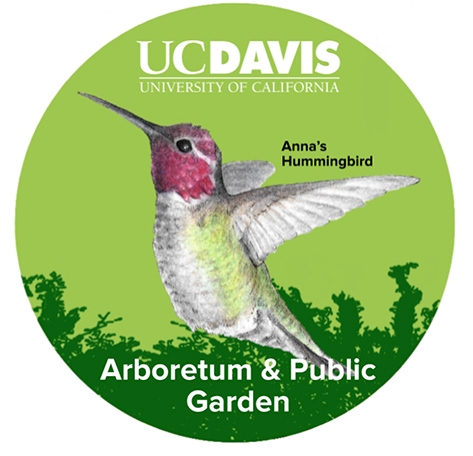
Habitat Gardens in the Environmental GATEway, adjacent to the Arboretum Teaching Nursery on Garrod Drive, open 10 a.m. to 2 p.m.
"Participate in the Meet Your Garden Neighbor personality quiz. Receive a sticker of your wildlife garden neighbor and search the garden for a partner plant that will support that neighbor. Participate in the Habitat Scavenger Hunt. Tour the garden to discover different ways we can provide habitat for urban wildlife in our gardens. Binoculars and hand lens available for observations."
Bohart Museum of Entomology
Room 1124 and main hall of the Academic Surge Building, 455 Crocker Lane, open 10 a.m. to 2 p.m.
"Home of a global collection of eight million insect specimens. Includes a live petting zoo (Madagascar hissing cockroaches, stick insects, tarantulas and more), and an insect-themed gift shop stocked with t-shirts, hooded sweatshirts, jewelry, books, posters, pens and insect collecting equipment. See the beautiful butterfly specimens from all over the world."
Botanical Conservatory
The greenhouses along Kleiber Hall Drive, open 10 a.m. to 2 p.m.
"The Botanical Conservatory houses approximately 4000 different species from all over the world. Included in the collection are carnivorous plants, succulents, tropicals including the corpse plant, and vanilla vine and chocolate tree."
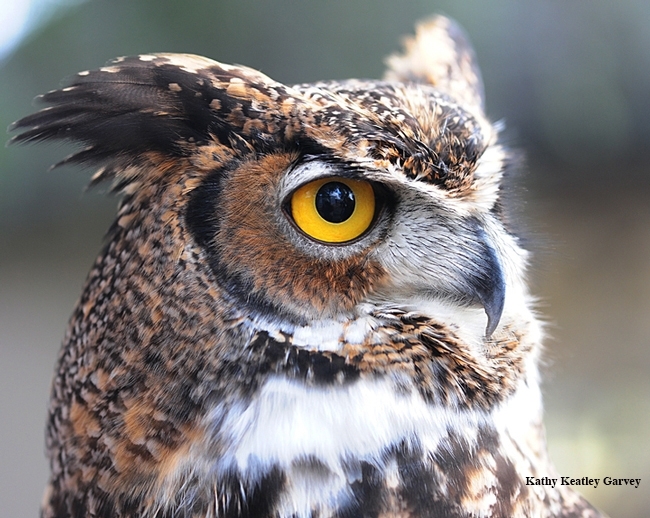
1340 Equine Lane, off Old Davis Road, open 9 a.m. to 3 p.m. (three miles away from central campus)
"Our non-releasable ambassador raptors can be seen on exhibit, and several of our glove-trained ambassador raptors will be out with their handlers throughout the day. Visitors will have the opportunity to see multiple native raptor species up close and talk to our experts. We are happy to answer questions about birds of prey! Our small on-site museum will also be open with taxidermy specimens and interactive raptor-related activities."
Center for Plant Diversity (Herbarium) Katherine Esau Science Hall off Kleiber Hall Drive, open 10 a.m. to 2 p.m.
"We will have plant pressing and mounting demonstrations, looking at flowers under a microscope, an exhibit on plants used for making tea, and collection room tours."
Nematode Collection, Katherine Esau Science Hall, off Kleiber Hall Drive, open 10 am. to 2 p.m.
"We will have preserved specimens of common crops and plants you see in your garden infected with nematodes. We also plan to have live C. elegans to watch how they move through the environment. Come talk to experts in the field and see why worms are cool and you will receive a cool magic worm to take home as well! Our collection will highlight both animal and plant parasitic nematodes,” said graduate student Alison Blundell of the Siddique lab. “We will have mostly all preserved specimens from our nematode collection for the community to look at, and some live free-living (good nematodes) under the microscope for viewing. We hope to inspire people to understand what a nematode is and how they can impact their own lives!"
Museum of Wildlife and Fish Biology, Room 1394, Academic Surge Building, 455 Crocker Lane, open 10 a.m. to 2 p.m.
"We are offering an in-depth behind-the scenes look at how a specimen goes from a whole carcass to cataloged specimen. Museum staff and interns will be demonstrating specimen preparation curation, cataloging, and bone numbering. A variety of specimen types will be on display and there will be some exhibits with specimens in the main hallway for visitors to enjoy and explore with ourPutah Creek biologists and docents."
Paleontology Collection, Department of Earth and Planetary Sciences, 1309 Earth and Physical Sciences Building, 434 LaRue Road, open 10 a.m. to 2 p.m.
"Visitors can view fossil specimens dating from as old as 550 million years ago to more recent animal skeletons. Paleontology graduate students in invertebrate and vertebrate paleontology will answer questions and provide interesting factoids."
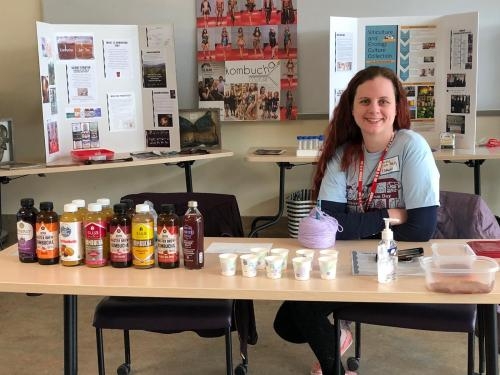
"The Phaff Yeast Culture Collection exhibits will be in the Brewery, Winery and Food Processing (BWF) facility. Come hear about our latest discoveries using more than 1,500 yeast species in the Phaff collection, see and smell many species of yeast, look at yeasts under the microscope, taste kombucha and vegemite, tour the teaching winery and the teaching brewery, and talk with students and scientists who are maintaining and performing research using this world-famous yeast collection. Parking is available in the lots near the Mondavi Center, and signs will direct you to the BWF building."
Special prizes: Jakob Lopes, a third-year animal major at UC Davis and a Bohart intern, will be making 15 to 20 crocheted triceratops and hide them around some of the buildings for folks to find and treasure. A tag reads: "CONGRATS, you found me. Now please take care of me.--Happy Biodiversity Day 2024."
Attached Images:
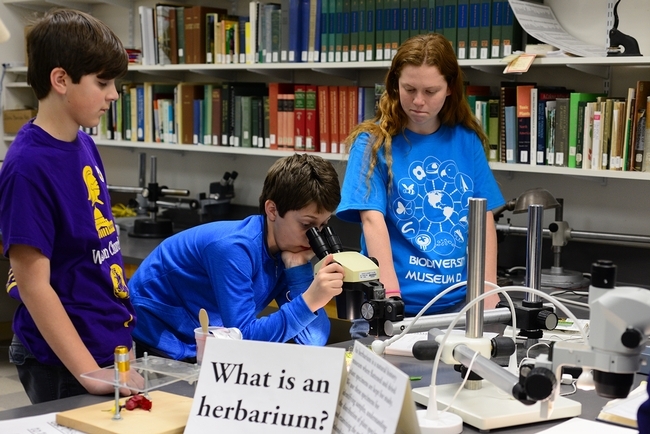
Center for Plant Diversity: It's fun to see flowers under a microscope. (Photo by Kathy Keatley Garvey)
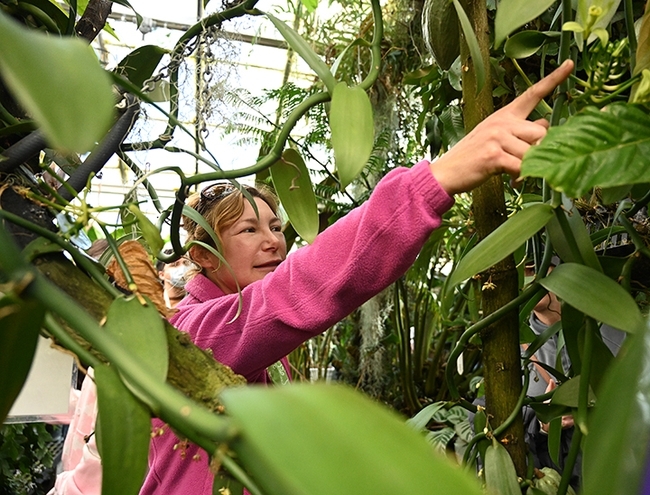
Botanical Conservatory. Marlene Simon, director of the Botanical conservation, with plants. (Photo by Kathy Keatley Garvey)
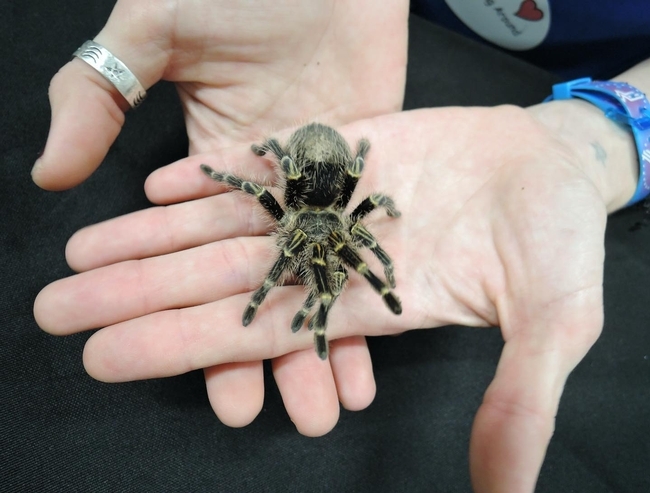
Bohart Museum of Entomology. A staff member holds a tarantula. (Photo by Kathy Keatley Garvey)
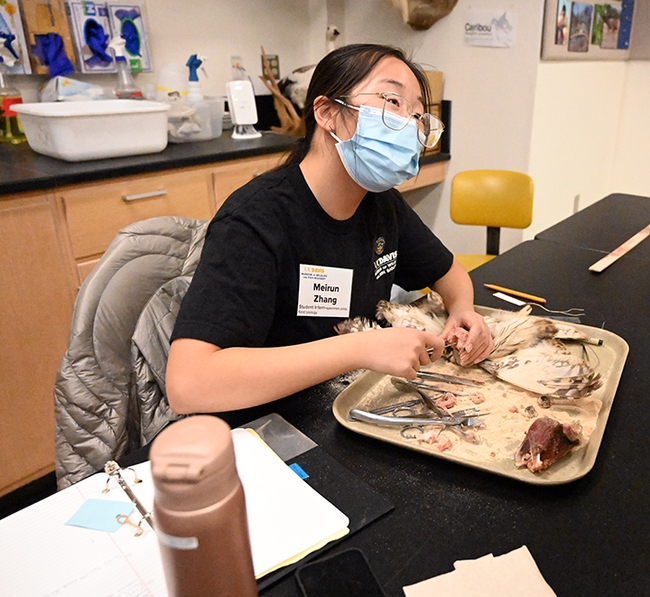
Museum of Wildlife and Fish Biology. Vistiors will see how a carcass becomes a catalogued specimen. (Photo by Kathy Keatley Garvey)
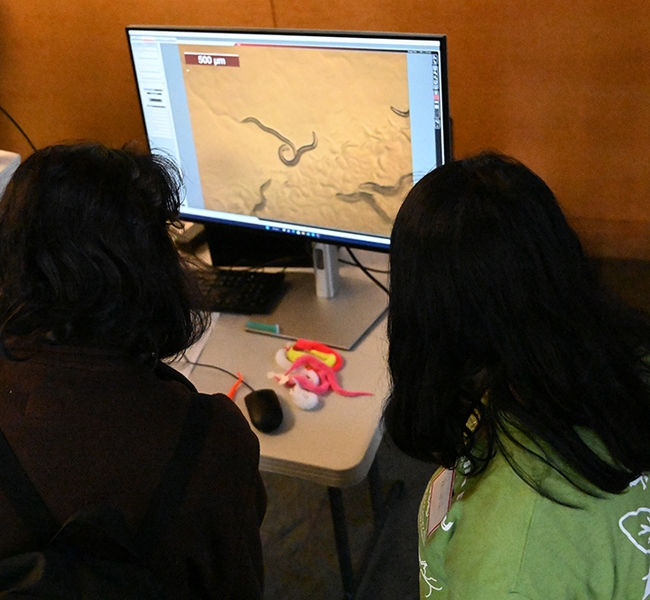
Nematode Collection. Visitors learning about nematodes, aka roundworms. (Photo by Kathy Keatley Garvey)
